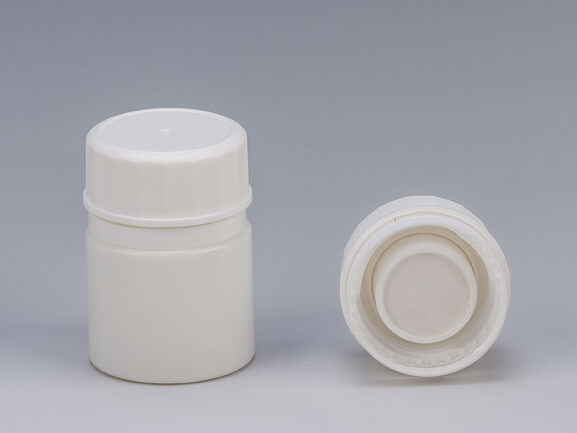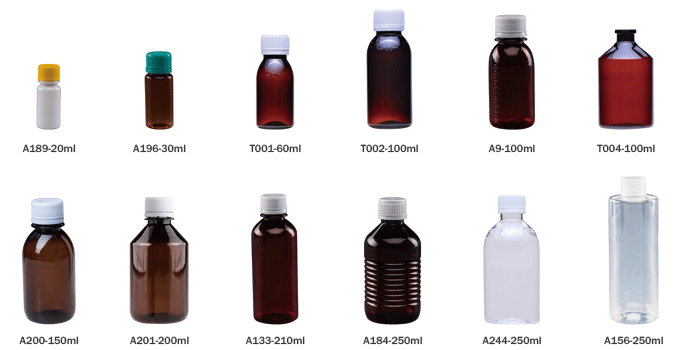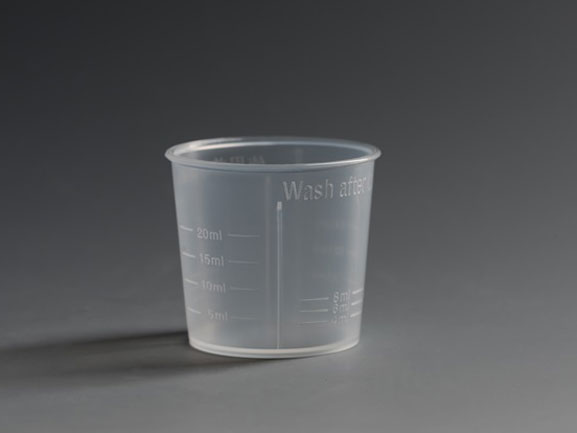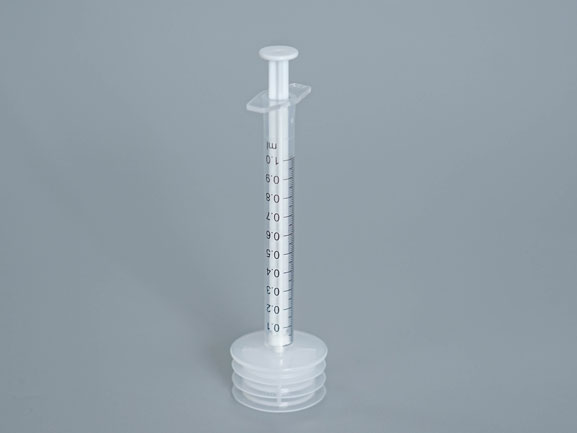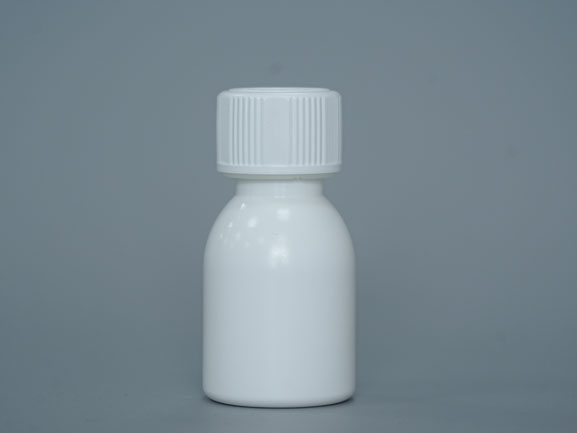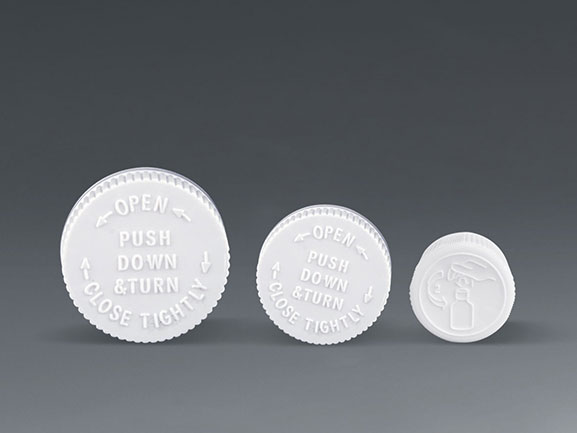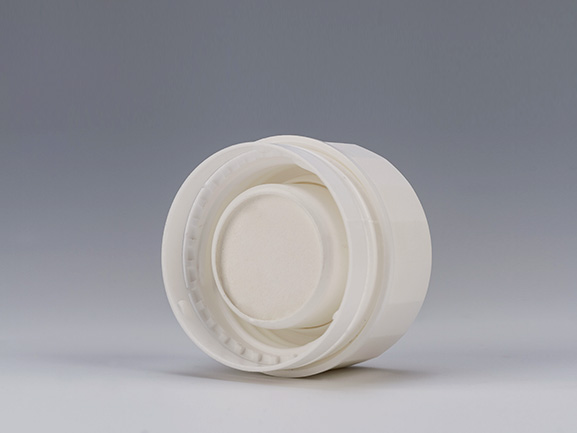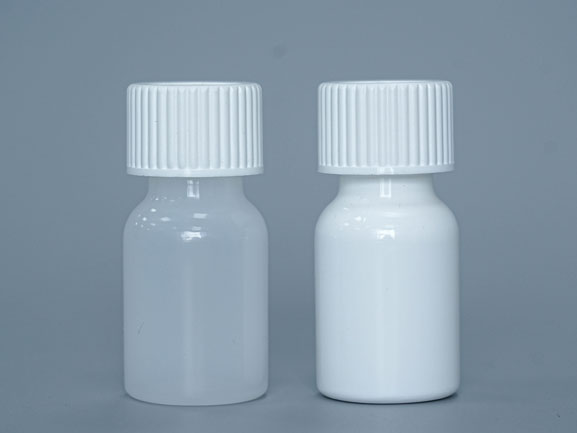Biological products, as an important part of the modern pharmaceutical field, cover a variety of drugs such as vaccines, blood products, monoclonal antibodies, recombinant proteins, etc. Since the nature of biological products is usually complex and sensitive to environmental factors (such as temperature, humidity, light, etc.), the selection and design of their packaging is particularly important. In order to ensure that biological products can maintain their quality, effectiveness and safety during transportation, storage and use, the European Pharmacopoeia (EP) has made detailed provisions for the packaging materials and packaging containers of biological products.
Under the EU drug regulatory system, packaging is not only to protect drugs from external contamination, but also to ensure that the stability and biological activity of drugs are not damaged. Therefore, the requirements of the European Pharmacopoeia for the packaging of biological products cover many aspects, including packaging materials, sealing, durability, and compatibility with drugs.
1. Selection and requirements of packaging materials
The European Pharmacopoeia requires that the packaging materials of biological products must meet the following basic standards:
a. Harmlessness and chemical stability
Packaging materials should be non-toxic and harmless materials to ensure that they do not chemically react with the active ingredients in the drugs or migrate harmful substances. Biological products, especially protein drugs, have high requirements for the compatibility of packaging materials. The chemical components in the packaging materials must not react adversely with the drugs to avoid degradation or loss of activity of the drugs.
Commonly used packaging materials include glass bottles and polymer bottles (such as polypropylene and polyethylene). Glass bottles are usually recommended for sensitive biological products because glass materials have good chemical stability and non-reactivity.
b. Air permeability and barrier properties
Biological products are easily affected by changes in temperature and humidity during storage and transportation, so the packaging materials must have certain barrier properties to prevent air, moisture, light or other external environmental factors from adversely affecting the drugs. For example, the sealing and moisture-proof properties of glass bottles need to meet specific standards to prevent the drugs from being affected by oxygen or moisture in the air and maintain the long-term stability of the drugs.
c. Sterility and microbial protection
For some biological products, especially injectable preparations, packaging materials must also pass sterility tests to ensure that microbial contamination is not introduced during the packaging process. The packaging of biological products usually undergoes strict sterilization treatment (such as steam sterilization, irradiation sterilization, etc.), and the packaging containers and their materials must be able to withstand this treatment process without losing performance.
2. Sealing and closure
Sealing is the key to ensure that the packaging of biological products is not affected by external pollution, air or moisture. The European Pharmacopoeia has clear requirements for the sealing of packaging, especially for glass bottles, injection bottles and other packaging containers of biological products. The sealing must be able to effectively maintain the stability of the drug during storage and transportation.
a. Sealing performance test
The sealing performance of the packaging usually needs to be verified through sealing tests, such as using gas leakage tests, liquid leakage tests and other methods to ensure that the drug can remain stable for a long time in a sealed container without being affected by the outside world.
b. Prevent external contamination
Biological product packaging also needs to design a reasonable closed system to prevent external contaminants (such as microorganisms, dust, etc.) from entering the drug container. This is especially important for vaccines, antibody preparations, etc., because any external contamination may cause the drug to fail or cause adverse reactions.
3. Durability and drop resistance
The packaging containers of biological products need to have high drop resistance to prevent damage or leakage during transportation. Especially for biological products such as vaccines that are distributed on a large scale, their packaging needs to be able to withstand severe vibrations, collisions and other external impacts during transportation.
The European Pharmacopoeia stipulates that packaging containers should be able to remain intact under daily transportation and storage conditions, and will not leak or break due to changes in the external environment. The drop resistance of packaging containers can be verified by performing drop tests.
4. Storage and transportation conditions
For the packaging of biological products, the storage and transportation environment also needs to be considered. Many biological products (such as vaccines, blood products, cell therapy drugs, etc.) need to be transported and stored in a temperature-controlled environment. The European Pharmacopoeia has strict requirements for this. The packaging container must be able to withstand different storage temperature conditions to ensure the stability of the quality of the drug throughout the circulation process.
The packaging label should clearly indicate information such as storage temperature, expiration date, and pre-use processing requirements to ensure that the drug is always in the best storage conditions throughout its life cycle.
5. Labels and logos
The labels and logos of biological product packaging must not only comply with the requirements of drug regulations, but also contain detailed product information, including but not limited to the name, ingredients, instructions for use, production batch number, expiration date, storage conditions, and other necessary warnings for use of the drug. Accurate label information is essential for the management, use, and safety of drugs and patients.
The European Pharmacopoeia stipulates that the design of labels should be concise and clear, ensuring the accuracy and readability of information to reduce the risk of errors or misuse.
The European Pharmacopoeia's requirements for biological product packaging are not only to meet the requirements of laws and regulations, but also to ensure the safety and efficacy of patients using biological products. The selection of packaging containers, material compatibility, sealing, and drop resistance all directly affect the quality and stability of drugs. Pharmaceutical companies must strictly abide by the provisions of the European Pharmacopoeia and ensure the quality of packaging at every stage from production to transportation to ensure that biological products can maintain optimal efficacy throughout their life cycle. By following these standards, the packaging of biological products can effectively reduce the risk of drug failure, contamination or damage, and provide patients with safer and more reliable treatment options.

RTU(ready to use) 2ml COP vial
